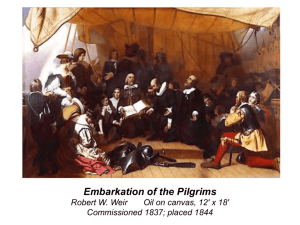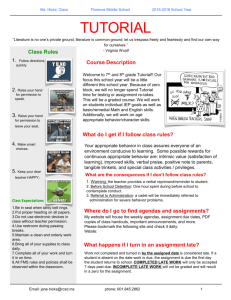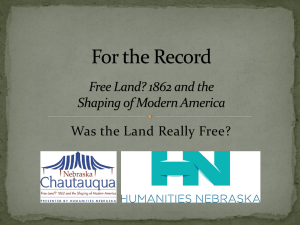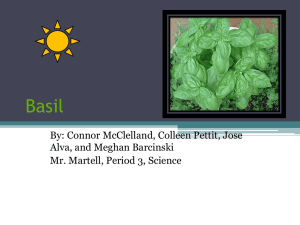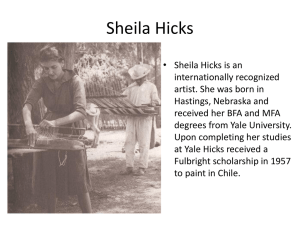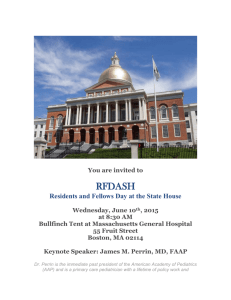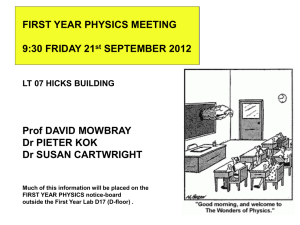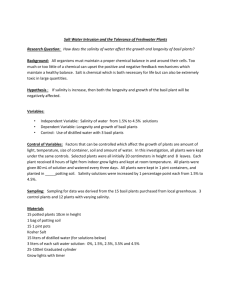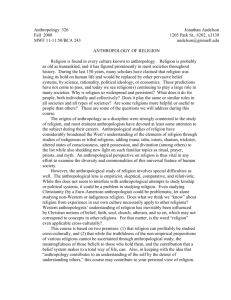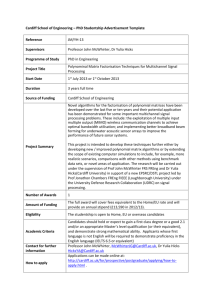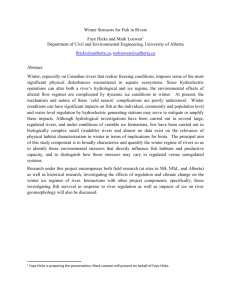HICKS Basil Perrin - Bushey First World War Commemoration Project
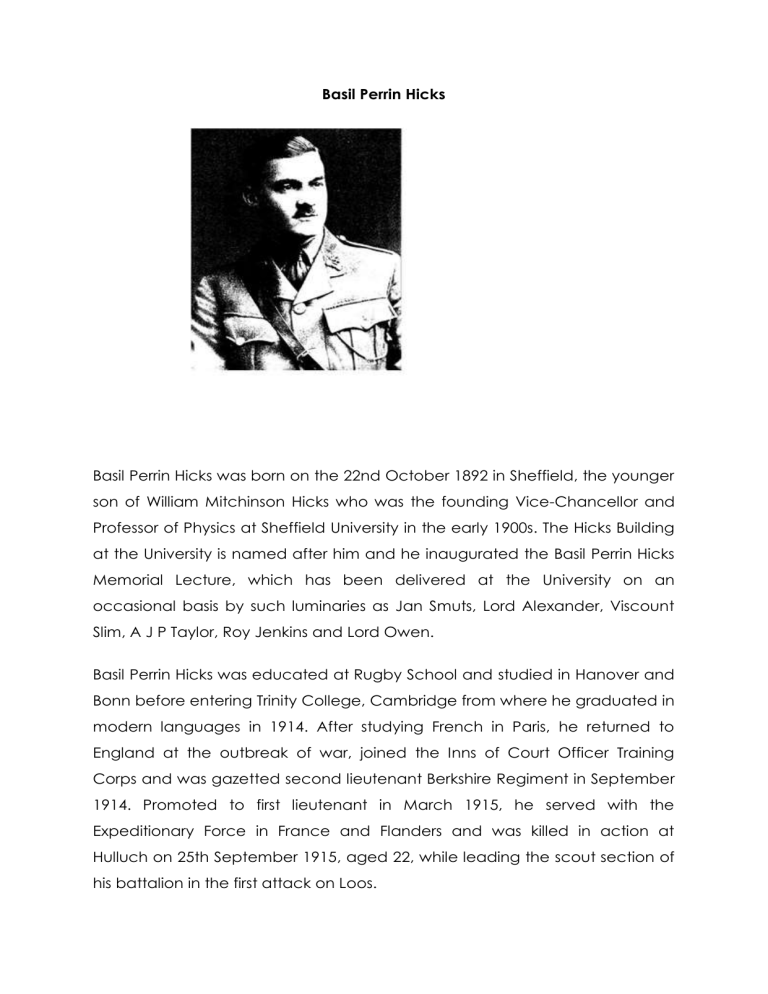
Basil Perrin Hicks
Basil Perrin Hicks was born on the 22nd October 1892 in Sheffield, the younger son of William Mitchinson Hicks who was the founding Vice-Chancellor and
Professor of Physics at Sheffield University in the early 1900s. The Hicks Building at the University is named after him and he inaugurated the Basil Perrin Hicks
Memorial Lecture, which has been delivered at the University on an occasional basis by such luminaries as Jan Smuts, Lord Alexander, Viscount
Slim, A J P Taylor, Roy Jenkins and Lord Owen.
Basil Perrin Hicks was educated at Rugby School and studied in Hanover and
Bonn before entering Trinity College, Cambridge from where he graduated in modern languages in 1914. After studying French in Paris, he returned to
England at the outbreak of war, joined the Inns of Court Officer Training
Corps and was gazetted second lieutenant Berkshire Regiment in September
1914. Promoted to first lieutenant in March 1915, he served with the
Expeditionary Force in France and Flanders and was killed in action at
Hulluch on 25th September 1915, aged 22, while leading the scout section of his battalion in the first attack on Loos.
He was buried where he fell, but later exhumed and re-interred at Dud
Corner Military Cemetery, Loos. His Commanding Officer wrote of him: ‘By his death the regiment has lost not only a charming companion, but a very clever and most promising officer and in his special line - map-making and training of scouts - I shall never be able to replace him. I was a great admirer of his work and if only he had been spared, I am sure he would have made a name for himself. Nothing was too much trouble for him and the scouts, of whom he was in charge, just worshipped him’. A Private who was with him when he was killed paid this tribute: “He was a game one. He fell right on the
German parapet, his last words being, ‘Good lads, come on - straight ahead!’ "
Ida Perrin, the aunt of Basil Perrin Hicks, was an artist and sculptress of some merit and in about 1905, in addition to retaining a Kensington property, she and her husband, Henry, purchased ‘The Cottage’ on Bushey Heath, which is now the site of Hartsbourne Park flats. After taking up residence in Bushey
Heath in 1905, the Perrins became committed members of St Peter's and when the Church rebuild project was started in 1911, Henry served on the
Building Committee and donated £1100 (equivalent to £52,000 today) towards the total cost of £10,500.The enlarged nave incorporated a new
West Window, which was initially in plain glass and when Basil Hicks was killed in 1915, Holiday was commissioned by the Perrins to design a new window in stained glass for the west end of the church in memory of their nephew and which he named The Holy Spirit Window. It was made by Lowndes and Drury at the Glasshouse, Fulham. The five light masterpiece depicts Love, Wisdom,
Power, Joy, Truth and Faith, and also incorporates the text "Not by might, nor by power, but by my Spirit, saith the Lord of Hosts" It was dedicated on
Sunday the 14th April 1918. Now that it has been cleaned and the remnants of the war-time protective film removed, the colours stand out as a glorious testimony to the brilliance of a master-craftsman.
Maurice Nasmith Perrin, the son of Henry and Ida, who also served in France from August 1914 – 1919, was killed in a flying accident on 28 April 1919, aged
32, and is remembered with honour at Weybridge Cemetery.
On the 10th of November 2002, some 87 years after his death, a new generation paid tribute to the valour and ultimate sacrifice of Lieutenant
Hicks in a moving service of remembrance at St Peter's attended by a congregation of over 240 children and adults. During the service, the restored
West Window was re-dedicated to Lieutenant Hicks and every Bushey Heath serviceman killed in the two wars was remembered by name, with prayerful thanks by the children for their sacrifice. The collection, which raised £500, went to the Thiepval visitors centre in the Somme, which is being built by public subscription. The Thiepval monument, commemorating 72,000 British soldiers with no known graves, was designed by Sir Edward Lutyens and is the largest Great War memorial in the world.
Adapted from article on St Peter’s Church website.
Basil Hicks and the Basil Hicks Lectures
Basil Perrin Hicks, the man in whose memory the Basil Hicks Lectures are given, was the younger son of the University of Sheffield’s founding Vice-Chancellor, Professor William
Mitchinson Hicks FRS, and his wife Ellen Perrin. He was educated at Rugby and studied at
Hanover and Bonn before entering Trinity College, Cambridge: after graduating in 1914 he studied further in Paris before returning to England on the outbreak of war, joined the Inns of
Court Officer Training Corps and received his Commission in September 1914. He went to the Front on 7th August 1915 as a Lieutenant in the 8th Battalion, Royal Berkshire Regiment, and was shot and killed whilst leading his men against the German trenches on the morning of 15th September, the first day of the Battle of Loos. He was one of 380,000 men to fall in the three months of that battle, which moved the German lines back just 1,200 yards – albeit a considerable achievement in its context.
Basil Hicks is commemorated – and pictured – in the Great West Window of St Peter’s
Church, Bushey Heath, the Outer London suburb which was home to his mother’s family, and by the Lecture series endowed by his parents. Professor and Mrs Hicks originally envisaged that each Lecture should “deal with some aspect of the Great War, either its origins, its conduct or its social and international consequences....”, though in practice a wide range of topics has been covered by the historians, politicians and military men who have given the Lectures since their time. This 2012 Lecture indeed addresses a direct consequence of the War, which by the unprecedented scale of the killing led to the creation of what is now the Commonwealth War Graves Commission to honour the Fallen and to care for their remains. www.sheffield.ac.uk ›
